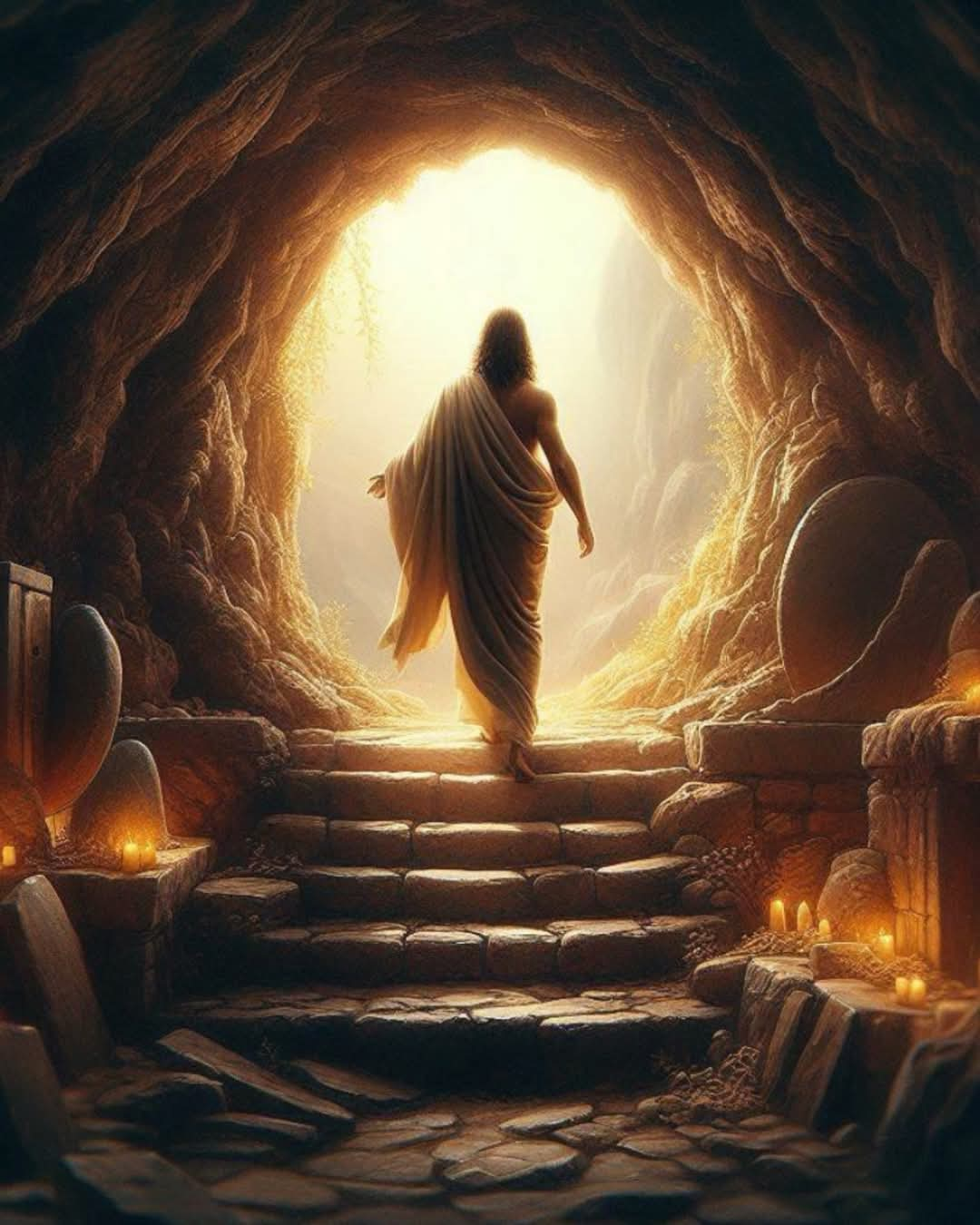Easter: Sacred Resurrection or Egg Hunts? Two Stories, One Spring Sunday
From churches filled with lilies to kids racing for pastel eggs, Easter carries two powerful narratives—faith and festivity—bound by spring’s promise of renewal.
By Carlos Taylhardat
It’s early morning. Somewhere, children are tiptoeing barefoot through the backyard, eyes scanning for pastel-colored treasures behind tulips and under patio chairs. Their giggles echo across the lawn, chocolate bunnies and candy-filled eggs awaiting discovery.
Meanwhile, across town—or perhaps even next door—others step quietly into churches, the scent of lilies in the air, their hearts full of reverence. They’re here not for candy or playful tradition, but for something deeper: the celebration of resurrection, redemption, and renewal.
So what is Easter: a hunt for chocolate, or the most sacred day of the year?
Two Easter Stories, One Spring Sunday
For some, Easter Sunday is the holiest day of the year—a day of hope, rebirth, and divine love. For others, it’s the thrill of colorful baskets, chocolate rabbits, and the joyful chaos of children hunting plastic eggs across fresh green lawns.
So which is it? Easter, like many holidays, wears two faces. One face turns toward heaven; the other toward the candy aisle. And both faces—believe it or not—have a story worth telling.
Easter as a Sacred Celebration
For over two billion Christians around the world, Easter marks the resurrection of Jesus Christ—seen as the cornerstone of their faith. After his crucifixion on Good Friday, Christians believe Jesus rose from the dead on the third day, Easter Sunday, conquering death and offering the gift of eternal life.
Churches overflow with people in bright spring clothing. Bells ring out in joy, and the message is one of redemption, rebirth, and love that surpasses suffering.
For believers, this is not just a story from two thousand years ago. It’s alive every year—a reminder that from despair comes hope, and from death, new life.
Easter as a Festival of Eggs and Bunnies
Now let’s talk chocolate.
For millions—religious or not—Easter brings pastel packaging, chocolate eggs, marshmallow chicks, and the mysterious arrival of a long-eared creature who hides candy in the grass: the Easter Bunny.
This version of Easter traces to ancient spring festivals. Long before Christianity, people celebrated renewal with symbols of fertility—like eggs and rabbits. The name “Easter” may derive from “Eostre,” a pagan goddess of spring.
In the 1700s, German immigrants brought the “Osterhase,” a hare who laid colored eggs for children. Over time, American culture added chocolate, marshmallow chicks, and baskets. Today, the Easter Bunny is a symbol of joy, fun, and seasonal cheer—especially for children.
Faith vs. Fun—or Maybe Not
It’s easy to pit these two sides against each other: sacred vs. silly, resurrection vs. rabbit, faith vs. festivity. But what if both stories hold value?
Maybe the egg hunt in the backyard doesn’t cancel out the power of an early morning church service. Maybe a chocolate bunny can coexist with the Lamb of God. Perhaps one version speaks to the soul, while the other speaks to the child within us.
After all, spring is about renewal—of nature, of spirit, and of joy.
A Shared Season of Meaning
- For the faithful, Easter is a miracle—the defining moment of belief.
- For families and children, Easter is magical—the thrill of hidden treasures and sweet surprises.
Different? Yes. But both are about life, renewal, and connection.
So this Easter, whether you’re holding a hymnal or a chocolate egg, know that you’re participating in something ancient, meaningful, and human. Both sides of this holiday tell a story. And that story—like life itself—is richer when we see it in full.
Related on 3 Narratives
Sources
- Smithsonian Magazine — Easter’s Pagan Roots
- History.com — History of Easter
- BBC — The Meaning of Easter for Christians
- National Geographic — Why Eggs and Rabbits?
Easter FAQ
What is Easter for Christians?
Easter commemorates the resurrection of Jesus Christ—considered the cornerstone of Christian faith and a message of hope, redemption, and new life.
Why eggs and bunnies at Easter?
Eggs and rabbits are ancient spring symbols of fertility and renewal that blended over time with Christian observance, popularized by folklore and modern marketing.
Is celebrating with egg hunts incompatible with faith?
No. Many families enjoy both: church services for spiritual meaning and egg hunts for seasonal fun—different expressions of the same springtime renewal.
Where did the Easter Bunny come from?
German immigrants brought the “Osterhase” tradition to North America; over centuries it evolved into today’s Easter Bunny with baskets, candies, and egg hunts.
How do different cultures observe Easter?
Practices vary widely—from sunrise services and processions to unique foods and family rituals—but most center on themes of rebirth and community.
